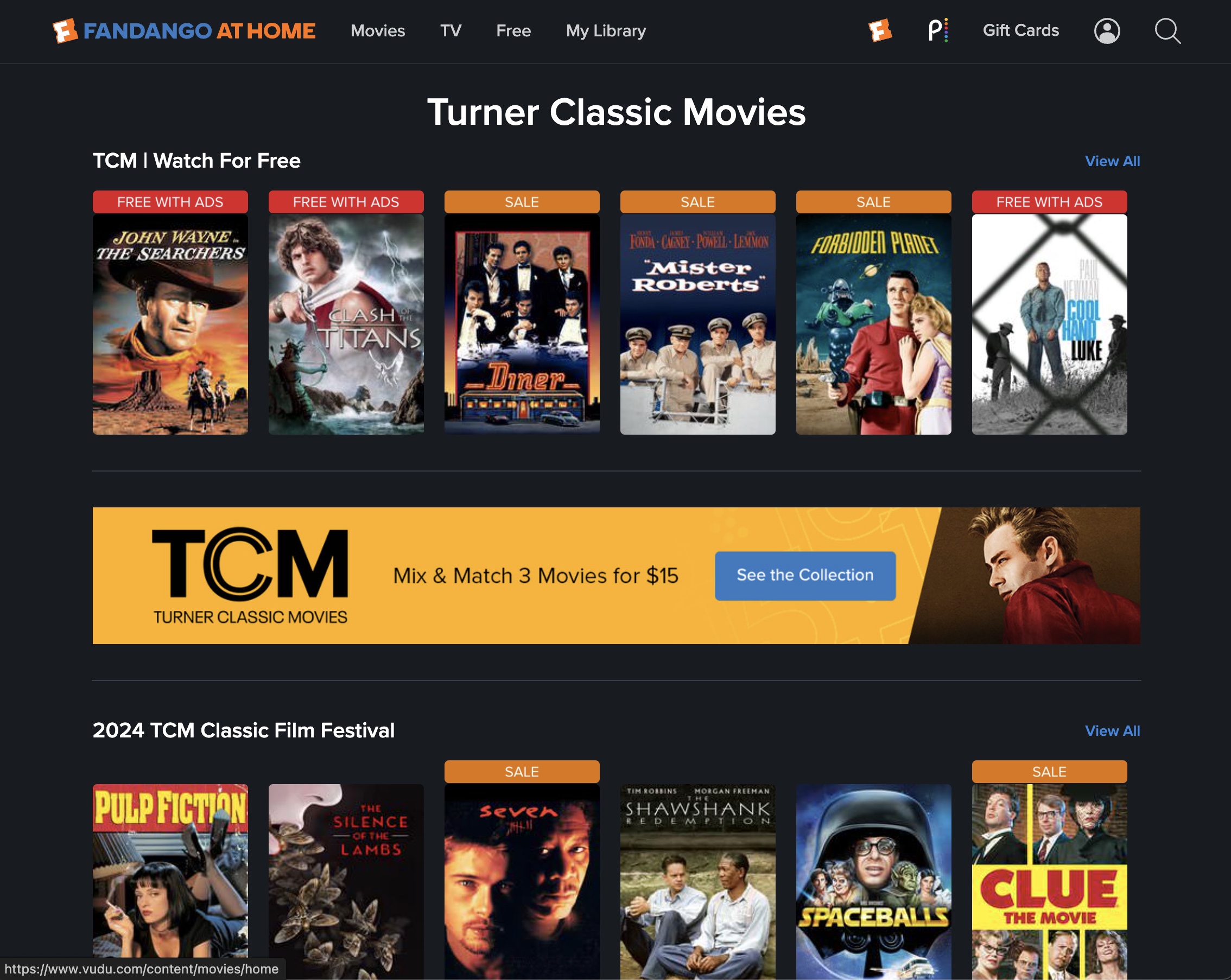Opening Day might be delayed, but baseball fans can relive the history of America’s pastime by watching “BASEBALL” by Emmy-Award winning filmmaker Ken Burns. The nine-part documentary will stream for free on PBS beginning Thursday, March 31 through Friday, April 29. Viewers can find the series on PBS.org and PBS Video App.
This 1994 series, divided into nine “innings,” introduces viewers to the game of baseball and the history of the sport, from its origins in the 1800s up through the early 1990s. Viewers are immersed into stories about the quest for racial justice, the clash of labor and management, the transformation of popular culture, and the unfolding of the national pastime.
Descriptions of each episode are below:
Inning 1: Our Game
In New York City, in the 1840s, people need a diversion from the “railroad pace” at which they work and live. They find it in a game of questionable origins. Inning One, Our Game, looks at the origins of baseball in the 184s and takes the story up to 1900. Burns refutes the myth that Abner Doubleday invented baseball in Cooperstown and traces its roots instead to the earliest days of the nation.
Inning 2: Something Like a War
In 1894, a sportswriter named Byron Bancroft “Ban” Johnson takes over a struggling minor league – the Western League – and turns it into a financial success. Inning Two, Something Like a War, takes viewers through 1910 and introduces some of the game’s most celebrated and colorful characters, including Ty Cobb, Honus Wagner, Christy Mathewson and Walter Johnson.
Inning 3: The Faith of Fifty Million People
Before and after World War 1, a steady stream of immigrants land on the shores of America. They want instantly to become American, to pursue the American dream, to play the American game. Inning Three, The Faith of Fifty Million People, examines the century’s second decade, which was dominated by the Black Sox scandal. George Herman “Babe” Ruth makes his first major league appearance.
Inning 4: A National Heirloom
The 1920s begin with America trying to recover from World War 1 and baseball trying to recover from the scandal of the 1919 World Series. Inning Four, A National Heirloom, concentrates on Babe Ruth, whose phenomenal performance thrilled the nation throughout the 1920s and rescued the game from the scandal of the previous decade.
Inning 5: Shadow Ball
Throughout America, and even on the baseball diamonds in New York’s Central Park, thousands of homeless people build shantytowns called “Hoovervilles.” More than ever, America needs heroes. And even as it struggles to make it through the Depression, baseball provides them. Inning Five, Shadow Ball, tells the story of the Negro Leagues in the 1930s, excluded from major league play at that time.
Inning 6: The National Pastime
Inning Six, The National Pastime, covers the 1940s and includes Joe DiMaggio’s celebrated hitting streak, the awe-inspiring performance of Ted Williams and what Burns calls “baseball’s finest moment” – the debut of Jackie Robinson, who broke the color barrier as a member of the Brooklyn Dodgers in 1947.
Inning 7: The Capital of Baseball
Inning Seven, The Capital of Baseball, takes viewers though the 195s when New York City had three successful baseball teams and dominated the World Series. By the end of the decade, the Giants and Dodgers had left New York, a signal that the old game was changed forever.
Inning 8: A Whole New Ball Game
The 1960s are a turbulent decade for America and turbulent decade for baseball, as one by one its “sacred” institutions fall. Inning Eight, A Whole New Ball Game, moves the field to the 1960s. This episode traces the emergence of television, the expansion to new cities and the building of anonymous multipurpose stadiums that robbed the game of its intimacy and some of its urban following.
Inning Nine: Home
In an age of globalization and deregulation, a cataclysmic strike over money and power brings baseball to the brink. Inning Nine, Home, looks at baseball from the 1970s to the 1990s, including the establishment of the free agent system, the rise in player salaries, the continued expansion, the dilution of talent, the ongoing battles between labor and management and the scandals.





